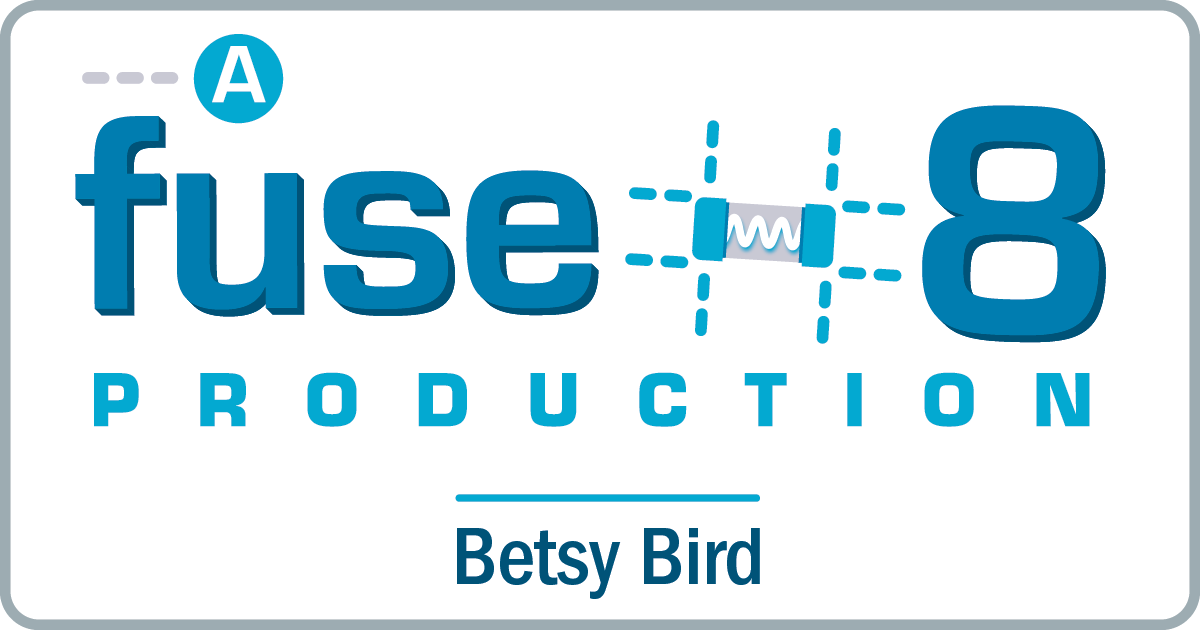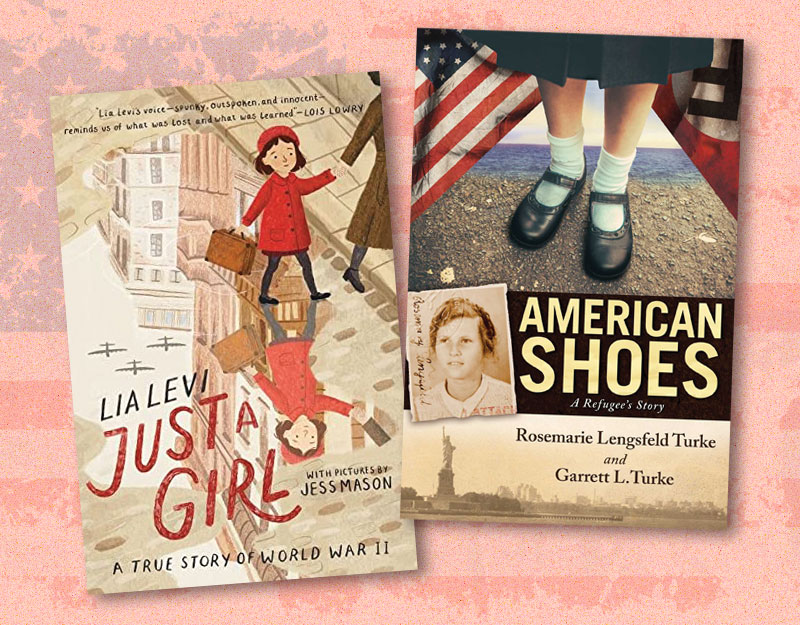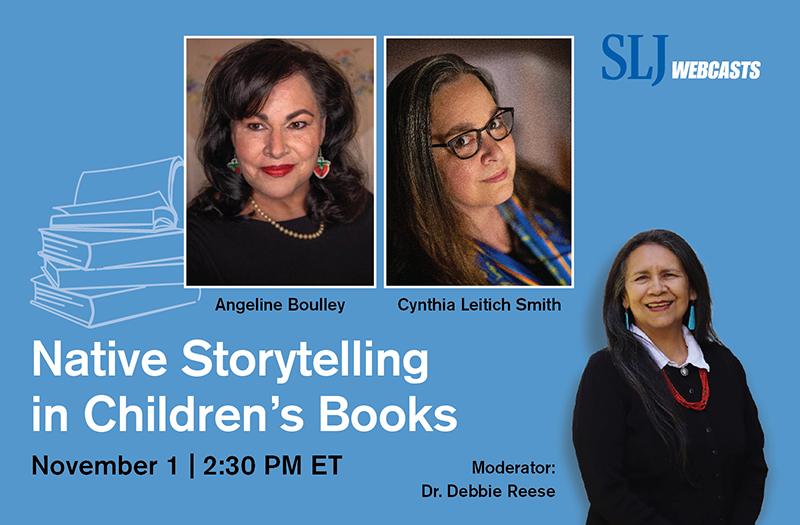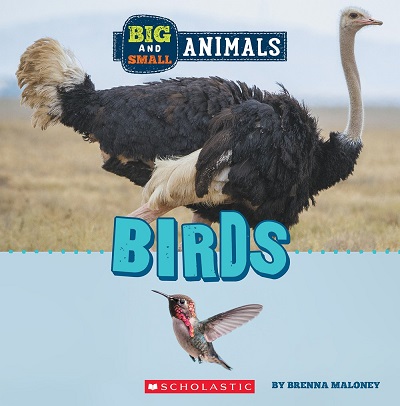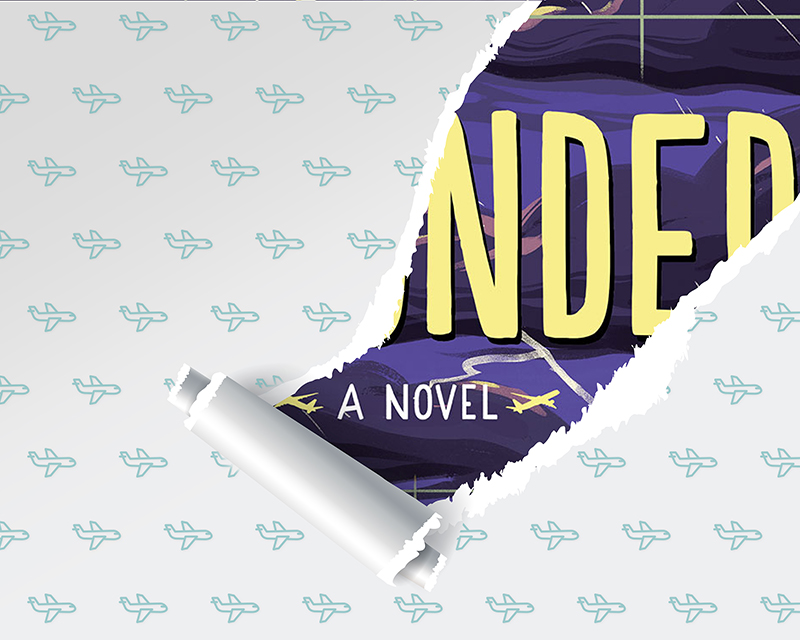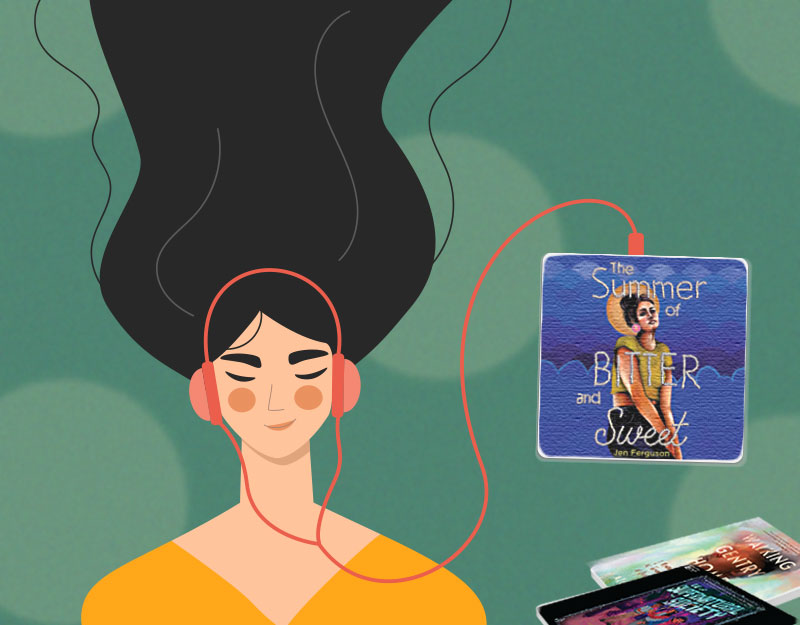A Book That Demands Respect: Interviewing the Creators of We Are Water Protectors

Now today’s post is a bit on the late side. I’d intended for it to come out for Earth Day (for reasons that should become obvious) but have you noticed that the world is a little bit, how shall we say, chaotic right now? Even so, my head is screwed on enough to know that today’s discussion with Carole Lindstrom and Michaela Goade about their book We Are Water Protectors is bigger than what day it appears on my tiny blog. Here is its official description:
Inspired by the many Indigenous-led movements across North America, We Are Water Protectors issues an urgent rallying cry to safeguard the Earth’s water from harm and corruption—a bold and lyrical picture book written by Carole Lindstrom and vibrantly illustrated by Michaela Goade.
Water is the first medicine.
It affects and connects us all . . .When a black snake threatens to destroy the Earth
And poison her people’s water, one young water protector
Takes a stand to defend Earth’s most sacred resource.
This is a book that demands some respect. So let’s go.
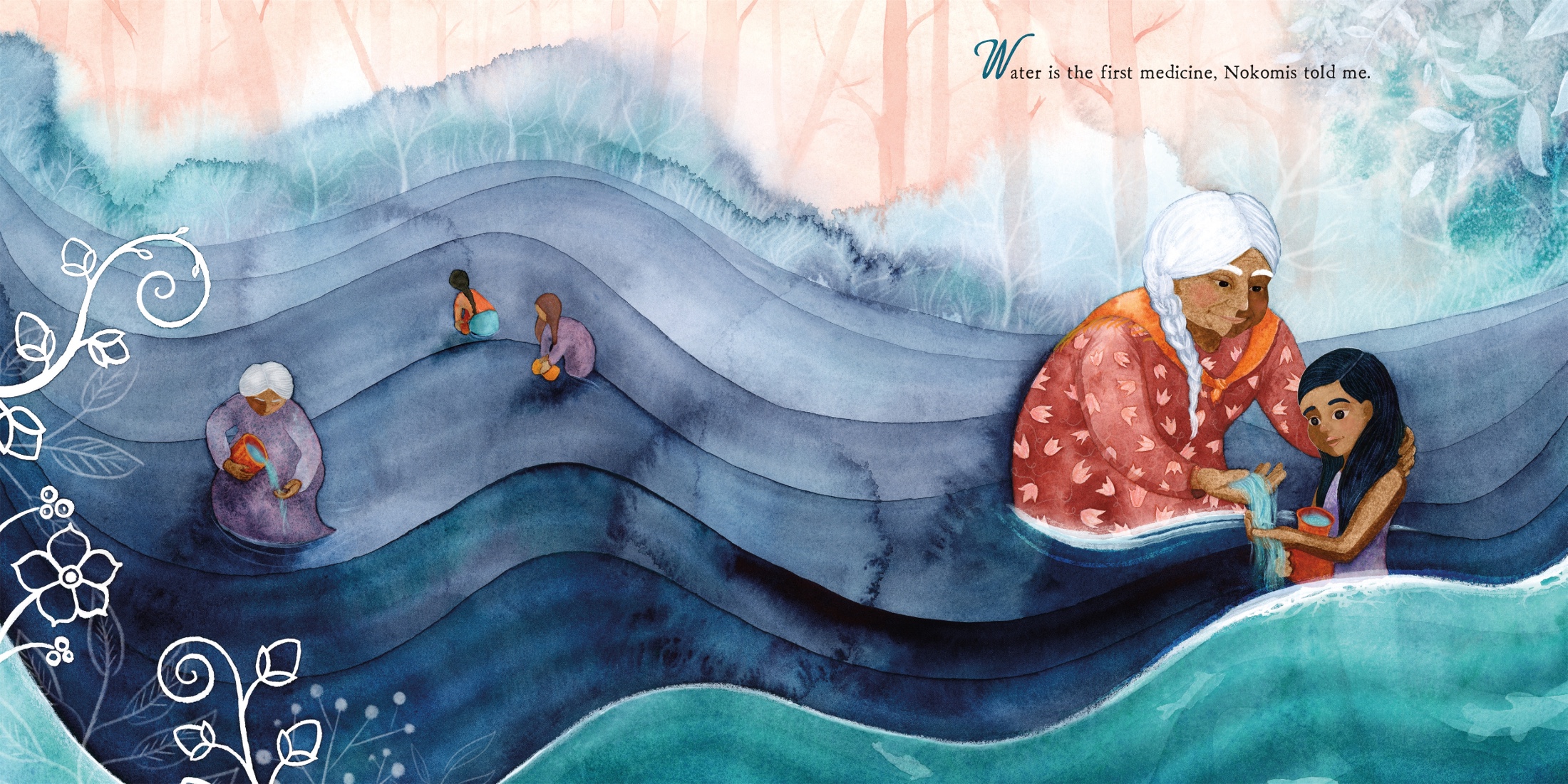
Betsy Bird: Carole, I’d like to start with you today. Tell me a little bit about the origins of this book. I know a key factor was the 2016 Standing Rock protests in the Dakotas. But you made the conscious choice not to write a straight nonfiction text. Why go with fiction?
ADVERTISEMENT
ADVERTISEMENT
Carole Lindstrom: Because I thought the story would reach more children if it was told as a story, with more lyrical word choices vs. a straight up nonfiction text. I also saw myself in the main character, as I felt so helpless when the events were unfolding at Standing Rock and I couldn’t be there. I wanted to tell the story from my heart and my emotions, and I felt that was best done in this format.
BB: And you, Michaela? How did you come to this book? What were your initial impressions of it when you read it?
Michaela Goade: The editor of WAWP, Mekisha Telfer, reached out to my agent, Kirsten Hall, not long after I had signed with her. Someone from the Roaring Brook team had seen my portfolio and thought I’d be a good fit for this new manuscript they had acquired. Mekisha agreed and reached out, and I’m SO grateful for that! I was immediately struck by Carole’s use of minimal, poetic language. And it was about water! My favorite medium is watercolor, my favorite subject matter is the ocean and waterways, and I love lyrical stories that leave room for explorations of nature, cosmology, and the magic of our world. It checked all the boxes for me. At the time, I was still quite new to the industry (and still am in many ways), so I didn’t even know how rare that is! I remember immediately thinking, “where do I sign?!”
BB: So after reading it did you immediately know how you would display it on the page or did the process take more time and consideration than that?

MG: I think from the very early days when I was first immersing myself in the story, a few things became clear. I wanted the water to be very expressive just like a main character, changing color and form from page to page. I knew I wanted to create art that communicated life, energy, spirit and magic.
However, I don’t think I ever really know how the overall art is going to look until about halfway through the painting process since each book project is so different. With sketches, some imagery certainly came to mind early on and remained unchanged through the revision process. For some spreads and sequences, it took a few rounds of revisions to arrive at a finalized version. I keep sketches very loose and suggestive so once those are approved and I receive the go ahead to begin painting, there is still a significant discovery process to navigate. That’s where I figure out the color language, explore technique and essentially sort out all the little details.

BB: And, I should note, for folks that would like to see your preliminary sketches, I highly recommend that they head over to Seven Impossible Things Before Breakfast where you shared so much of your process, sketches, and paintings. On that note, can you tell us a little bit about your process? What did you employ to create the art for We Are Water Protectors?
MG: My process typically begins by flooding my brain with as many references and relevant imagery as I can. At this point I like to see what I’m drawn to in terms of color palettes, particular techniques and overall mood or ambience. While compiling this bank of inspiration and reference (Pinterest is so great for this!), patterns emerge and my mind starts to make connections between seemingly unrelated things. For WAWP, I spent a great deal of time researching the actual events of Standing Rock and the #NODAPL movement, building a library of reference rooted in real events.
At some point I have to begin sketches, which I keep loose. Eventually those are revised, revised some more and then approved, at which point I can begin painting. For WAWP, I worked primarily in watercolor with some colored pencil and gouache details. Once all of the paintings are finished I scan each painting into my computer in multiple sections, collage it together in Photoshop, and then finish everything up with digital tweaks and adjustments. And then at last the files are ready to send to the publisher!
BB: Carole, let’s get back to you here. Books about caring for the Earth abound but your book isn’t so much a passive stance as an active one. For example the statement “WE STAND!” calls to mind more than just environmental stewardship but active participation in its preservation. Is that how you envisioned it when writing it?
CL: Oh, yes!! Most definitely. For me, and most Native peoples, Earth Day is every day. We must protect and defend her every day of our lives. We must be mindful of how everything we do affects her and we must strive to live accordingly. Native peoples have been, and continue to be, the stewards of the land and water. This is stewardship in the 21st century.
BB: A recent review of this book appeared at Indigo’s Bookshelf, a collective blog run by “Florida” Seminole & Miccosukee teens. At the end of the review Alexis Blendel wrote, “I call this period in kidlit the Indigenous New Wave.” In light of that, how does your Metis/Ojibwe heritage play a part in the books you choose to write?

CL: My Metis/Ojibwe ancestry influences everything that I write. For so long I wasn’t able to write about these topics because I was told by editors and agents that “there wasn’t a market for these stories.” I’ve been writing seriously for children for over twelve years now. I tried writing the happy bunny stories but they just didn’t suit me. (I just wanted to tell stories. I figured the happy bunny stories would get me in and then I could write what I loved). I was able to publish my first picture book based on my heritage through Pemmican Publishers. A small publisher in Canada. That was in 2013. I kept writing, and hoping that one day people would see what I saw. A desperate need for children’s books, by and about Native people.
When I was a child growing up I could never find myself in stories. Only in racist or stereotypical depictions that made me ashamed of who I was. Enough so I would deny my own Nativeness. I promised myself that I would never let that happen for Native children if I could help it. They deserve to see themselves in positive and accurate ways. My son deserves that.
I would say that my books will continue to have a social or environmental justice theme with my heritage being a major part of the books that I write.
BB: Michaela, you yourself are an enrolled member of the Tlingit & Haida Indian Tribes of Alaska. And much of your work has involved consulting and working with other Indigenous authors and tribal organizations. Did you consult anyone while working on this book or did it come in a different way?
MG: I’ve worked with a Tlingit tribal organization on previous books, which involved more of a team environment where elders, culture bearers and other experts were consulted and brought on board. For WAWP, I reached out to Carole in the very beginning and asked for her guidance and credible resources, which she directed me to. I remember Carole telling me that although her story was inspired by the events at Standing Rock, she wrote it to be universal in message and I should feel free to bring my own cultural interpretation to it , which I greatly appreciated! However, I really try to root the illustrations in the author’s culture whenever possible. It gives me a powerful anchor. So when I had questions, I asked. I did a lot of research.I try to be as sensitive as I can to the fact that, while I am Native, I’m still an outsider coming into another Native author’s story. We aren’t one homogenous culture but rather members of distinct Nations. That being said, I do feel that there is a certain kinship that is commonly felt between Native people, especially where themes of environmental justice and land stewardship are concerned. There is also a shared awareness of the history of misrepresentation or erasure of Indigenous Peoples in our country’s narrative. I try to be as thoughtful as I can and ask a lot of questions.
At this point I think it’s fair to say that I will always experience a certain wariness and anxiety about whether or not I’m doing enough, or if I’m doing it correctly. While on my bad days those feelings can be almost debilitating, on most days it helps to keep me accountable. I’m human and will make mistakes but at the end of the day, I always hope to illustrate these stories as respectfully and accurately as I can. I just want to honor the author’s culture and help Native children feel pride in who they are, and know that they are seen and valued.
BB: For me, this book speaks to the heart of the collective power people are capable of harnessing. As recently as March 25th, a federal judge ordered a sweeping new environmental review of the Dakota Access Pipeline. Carole, do you think we can safely say the story of Standing Rock is not fully told?
ADVERTISEMENT
ADVERTISEMENT
CL: Most definitely. That is one thing that we can be sure of, speaking especially as a Native person living on these lands, it isn’t over until it’s over. And then you can’t even count on that. Nothing is guaranteed when it comes to the extraction/fossil fuel machine and the political powers that be. That is why we must always have our guard up and, while we celebrate these small victories, we know they could change on a dime. There are still so many tribal nations fighting the extraction industry and the decimation they cause to the planet and all living things. And we are fighting for OUR water and OUR planet. All of OURS. We must keep fighting. It’s too important not too.
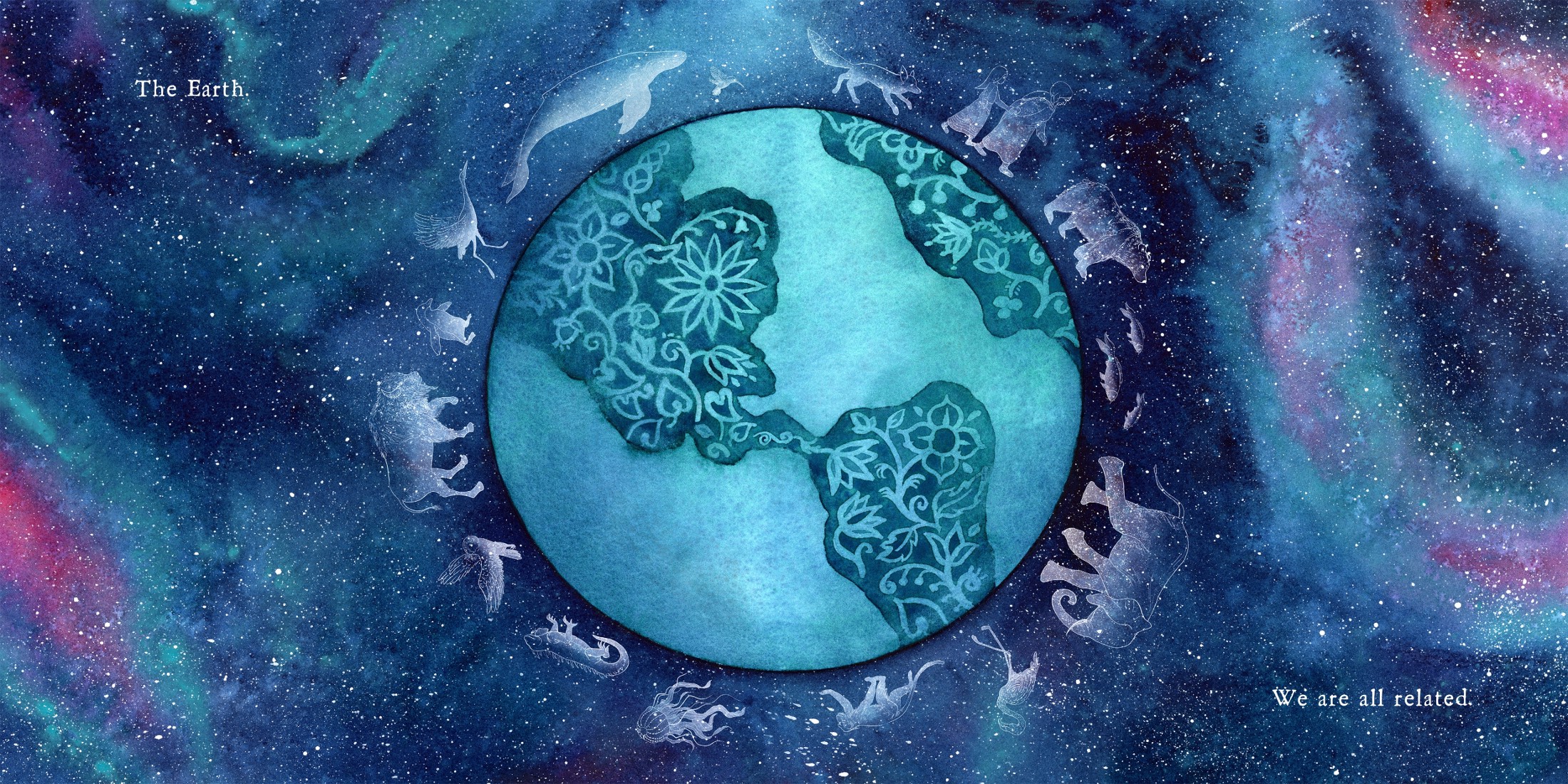
BB: Did you already know the work of Michaela Goade or was her work new to you? What were your first impressions of it?
CL: Her work was new to me when my publisher brought her work to my attention. My first impression was I was completely blown away! I felt like it was meant to be as soon as I saw it. The fact that she works in water color as her preferred medium just solidified it for me. Her work is astounding. I am so honored and grateful that I was able to create this book with her. I am very proud of what we did together. She’s just a very talented and special friend.
BB: Speaking of which, Michaela, since 2017 your art has focused increasingly on books for children and youth. What is it about this particular medium that you enjoy?
MG: In many ways, it feels like I finally came home. I don’t think I ever outgrew the medium! I collected picture books before even considering this as a profession. I’ve always preferred animated movies and anything highlighting magical illustration and world-building. I was a voracious reader growing up and would fill up my sketchbooks with stories and drawings. Before focusing on picture books, I was a graphic designer and art director. While I greatly enjoyed that work, I couldn’t help but feeling like something was still missing. That little kid in me wanted more I suppose. So now to be connecting with children through this work is amazing. To help inspire, encourage, and nurture imagination and creativity is a real dream come true! It is storytelling at its finest, with true heart and great responsibility at its core. I’m incredibly honored and grateful for the opportunities that have come my way.
BB: All right. Final question for the both of you. It’s the big one. Here goes . . . what are you working on next?
CL: I just finished a couple of new picture books. And I’m working on a middle grade fantasy that I’ve been dying to play around with.
MG: I just wrapped up art for I SANG YOU DOWN FROM THE STARS written by Tasha Spillett and publishing next spring with Little, Brown. I’m also working on my author-illustrator debut which has been a very exciting, challenging and rewarding process. That one will hopefully come out fall 2021, also with Little, Brown.
Gunalchéesh!
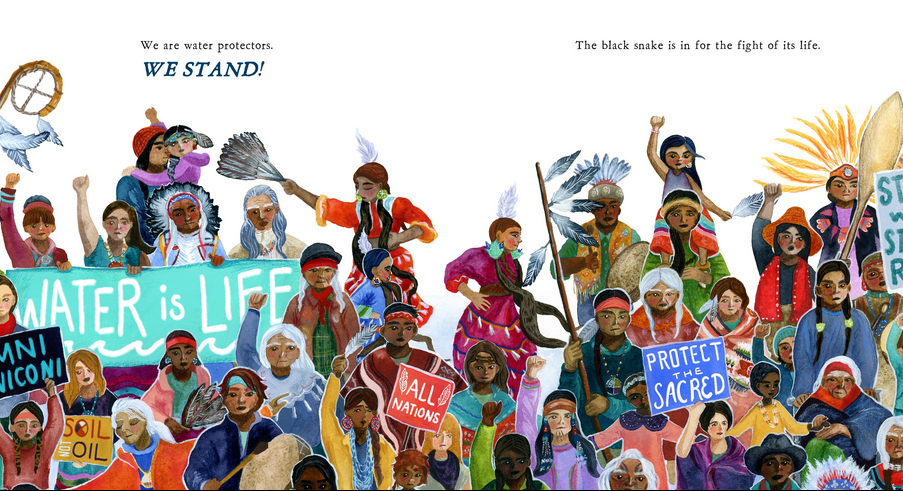
Incredible thanks to Carole Lindstrom and Michaela Goade, and to Mary Van Akin and the folks at Macmillan for this connection.
Filed under: Interviews
About Betsy Bird
Betsy Bird is currently the Collection Development Manager of the Evanston Public Library system and a former Materials Specialist for New York Public Library. She has served on Newbery, written for Horn Book, and has done other lovely little things that she'd love to tell you about but that she's sure you'd find more interesting to hear of in person. Her opinions are her own and do not reflect those of EPL, SLJ, or any of the other acronyms you might be able to name. Follow her on Twitter: @fuseeight.
ADVERTISEMENT
ADVERTISEMENT
SLJ Blog Network
2024 Books from Pura Belpré Winners
Winnie-The-Pooh | Review
Parsing Religion in Public Schools
Finding My Own Team Canteen, a cover reveal and guest post by Amalie Jahn
ADVERTISEMENT

